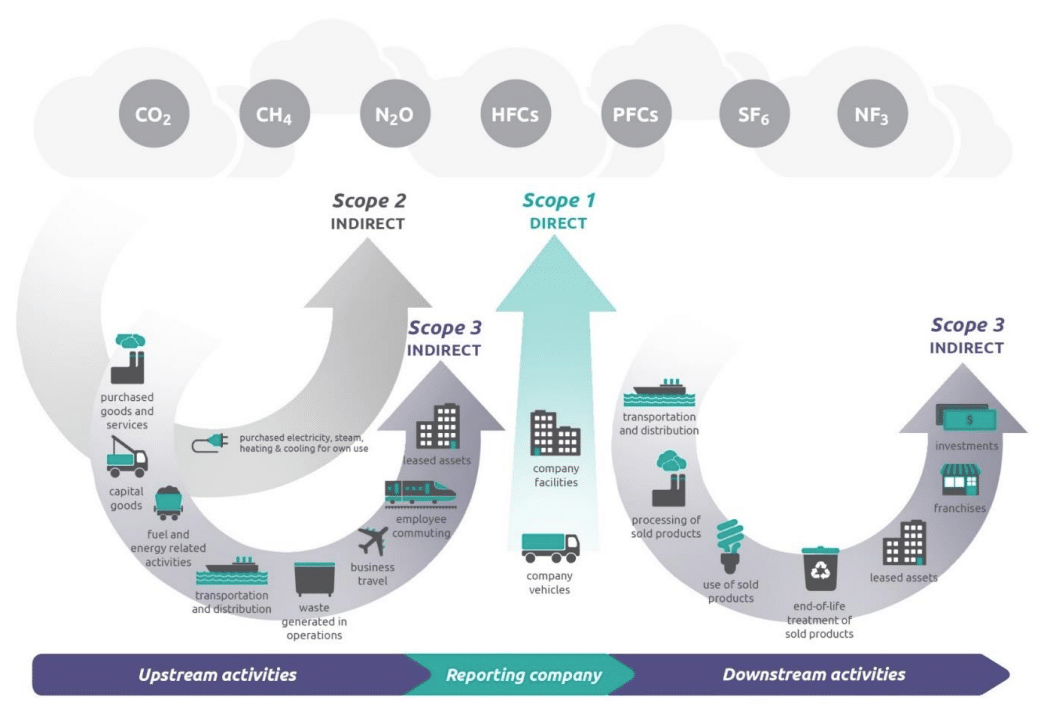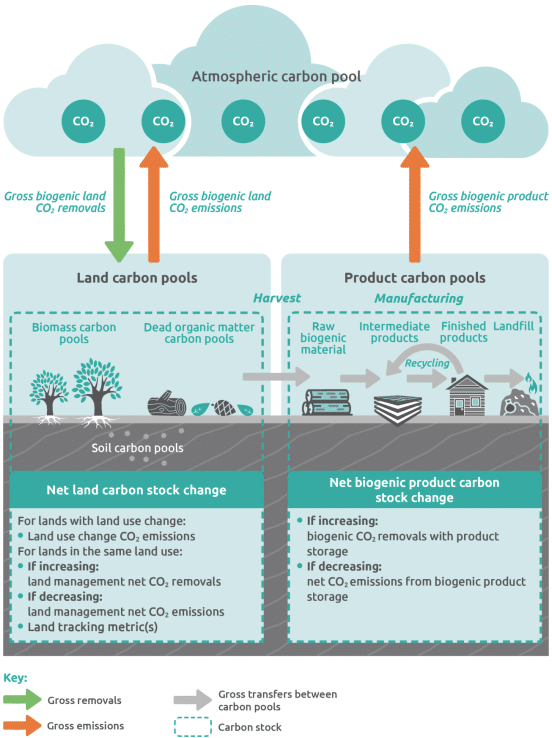The Greenhouse Gas Protocol (GHG Protocol) is the leading international standard setting body for GHG accounting and reporting. In September of 2022, the GHG Protocol released the Land Sector and Removals Guidance draft. While this guidance will not be finalized until late 2023, there are key details to understand now.
The Pinion sustainability team has provided a breakdown of common questions surrounding the GHG guidance.
Why was the Land Sector and Removals Guidance created?
The GHG Protocol created the Land Sector and Removals Guidance to address gaps in the calculation and reporting standards. The following are items covered under this new guidance:
- Land management net CO2 emissions and land management non-CO2 emissions.
- Land use change emissions.
- Gross biogenic product emissions.
- Land management CO2 removals.
- Geologic CO2 storage.
- Technological CO2 removals.
- Land tracking metrics.
- Reversal from carbon storage.
- Evaluation of impacts of company actions.
Companies setting a FLAG science-based target through the Science Based Targets initiative are required to use the GHG Protocol Land Sector and Removals Guidance to calculate their land-based emissions and removals.
When will the guidance be finalized?
While this guidance won’t be finalized until early 2025, the final Land Sector and Removals Guidance is expected to be released in Q1 2025.
What are scope 1, 2, and 3 emissions?
The GHG Protocol breaks company GHG impacts into three scopes: scope 1, 2, and 3. Below are common examples of emissions generated by food and beverage companies within each of the scopes.

Scope 1 Emissions: Direct Usage
- Stationary and mobile combustion (machinery, equipment, and vehicle fuel use)
- Fugitive emissions (often from refrigeration)
Scope 2 Emissions: Indirect Usage
- Purchased electricity, steam, heat, and cooling
Scope 3 Emissions: Supply Chain
- Purchased goods and services
- Capital goods
- Fuel and energy related activities
- Upstream transportation and distribution
- Waste generated in operations
- Business travel
Category 1, purchased goods and services, is often the most significant source of emissions and removals for food processors and food and beverage companies.
What are the current land use reporting requirements?

The GHG Protocol draft Land Sector and Removals Guidance articulates accounting requirements based on carbon pools. The three
land-based carbon pools are of particular interest to the agriculture industry:
Biomass carbon pool – This pool consists of both aboveground and below ground biomass, including living vegetation and woody biomass.
Dead organic matter carbon pool – This pool consists of nonliving biomass, including deadwood and litter.
Soil carbon pool – This pool consists of carbon stored in soil organic matter and soil carbonates, including carbon found in mineral and organic soils.
Although all three land-based carbon pools are important to reducing atmospheric GHGs, increasing soil carbon sequestration is where the agriculture industry can have the greatest impact.
Impact on Food Supply Chain
Prior to the release of the Land Sector and Removals Guidance, there was lack of clarity on how to consistently and transparently account for soil carbon sequestration in GHG inventories. With this new guidance, our food supply chains can use more accurate accounting and reporting to target continued investment in pilot projects that increase soil carbon storage.
We expect to see further implementation of farmer-led practices, such as cover cropping and no/reduced till, with increased collaboration from their supply chain partners.
If you’re considering quantifying land-based GHG emissions or soil carbon sequestration in your supply chain, now is a great time. Reach out to our sustainability advisors to discuss your company’s sustainability objectives and how to drive progress.










